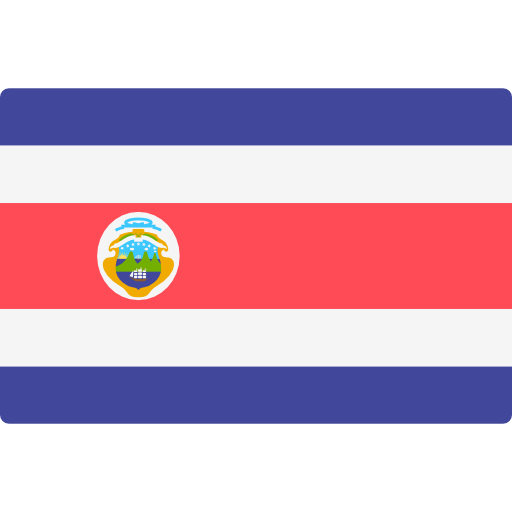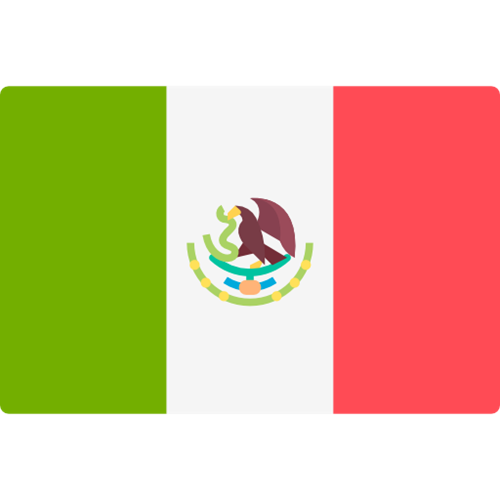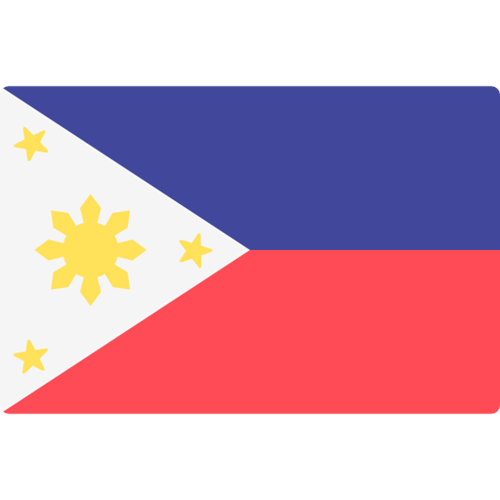Environmental Women Organisation (Colombia)

Environmental Women Organisation
The Environmental Women of Colombia Organisation is a nonprofit led by indigenous women, focusing on the fight against climate change, the conservation of biodiversity, and environmental justice under the principles of gender equity. Over the years, the organisation has had a significant impact on the local community of women through the implementation of child nutrition programmes and sustainable projects that promote practices respectful of the environment.
In 2024-2025, the Eurofins Foundation is providing funding to the “Ethno-Program of Climate Water Management for the Indigenous Narakajmanta”, designed to mitigate serious water insecurity worsened by climate change, which affects 300 indigenous Ticuna families in 9,800 hectares of the Colombian Amazon basin.
These communities face water availability of less than five litres per person per week, exacerbated by periods of nine-month droughts and three-month flooding. This situation is aggravated by cases of sexual harassment and abuse suffered by at least 60% of indigenous Ticuna women and girls, who are traditionally responsible for collecting water, for which they travel up to 1,500 meters in the mountains in search of resources.
To address these challenges, the project implements an innovative solar-powered hydraulic system: 20450W solar panels will be installed, creating a system with a capacity of 9kW, capable of powering a hydraulic pump that will supply drinking water through 10 distribution points strategically located within a 5 km radius. Additionally, 150 hours of technical training will be carried out for 100 community members, with the aim of strengthening local capacities in the maintenance and operation of the system. This project not only seeks to provide a practical and direct solution to the problem of access to water but will also address environmental justice and the gender inequity associated with the treacherous search for water resources.

This project contributes to the following United Nations Sustainable Development Goals


















































